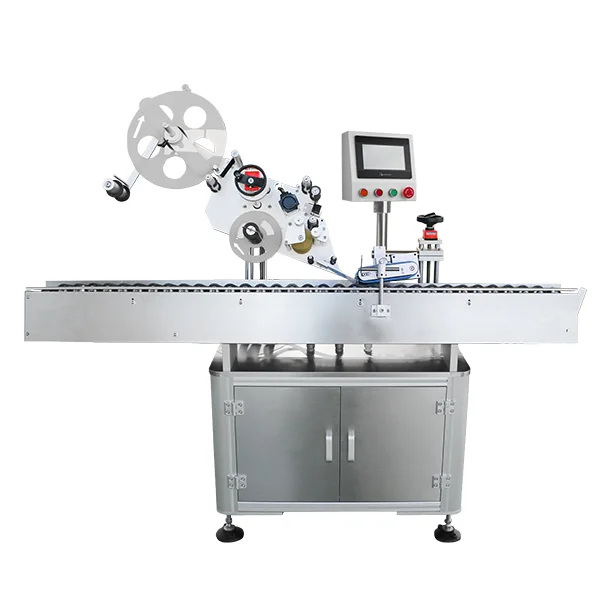In the realm of construction, the choice of building materials plays a pivotal role in determining the durability, sustainability, and aesthetic appeal of structures. Among the plethora of options available, one material stands out as the most common and widely used. In this article, we delve into the world of construction and unveil the unrivaled building material that has revolutionized the industry.
The Reigning Champion: Concrete
When it comes to construction, concrete reigns supreme as the most common building material used worldwide. Its versatility, strength, and cost-effectiveness have made it an indispensable choice for a wide range of structures, from residential buildings to towering skyscrapers.
- The Composition of Concrete:
Concrete is a composite material composed of three main components: cement, aggregates, and water. Cement acts as the binder, holding the aggregates together, while water facilitates the chemical reaction that transforms the mixture into a solid mass. The aggregates, such as sand and gravel, provide bulk and stability to the concrete. - Strength and Durability:
One of the key reasons for concrete's popularity is its exceptional strength and durability. It can withstand heavy loads, resist fire, and endure harsh weather conditions. The compressive strength of concrete can be tailored to meet specific project requirements, making it suitable for a wide range of applications. - Versatility in Design:
Concrete offers unparalleled versatility in design, allowing architects and engineers to bring their creative visions to life. It can be molded into various shapes and sizes, enabling the construction of intricate architectural elements. Additionally, concrete can be colored, textured, or polished to enhance its aesthetic appeal, making it a favorite among designers. - Sustainability and Environmental Impact:
In recent years, sustainability has become a crucial consideration in construction. Concrete, despite its widespread use, has made significant strides in reducing its environmental impact. The production of cement, a key component of concrete, has become more energy-efficient, and alternative materials, such as fly ash and slag, can be used as partial replacements for cement, further reducing carbon emissions. - Advancements in Concrete Technology:
The construction industry is constantly evolving, and concrete is no exception. Innovations in concrete technology have led to the development of high-performance concrete, self-healing concrete, and even translucent concrete. These advancements aim to enhance the strength, durability, and sustainability of concrete, ensuring its continued dominance in the construction world.
Conclusion:
In conclusion, concrete stands tall as the most common building material used in construction. Its versatility, strength, and adaptability have made it an indispensable choice for architects, engineers, and builders worldwide. As the construction industry continues to evolve, concrete will undoubtedly remain at the forefront, shaping the skylines of cities and revolutionizing the way we build.


